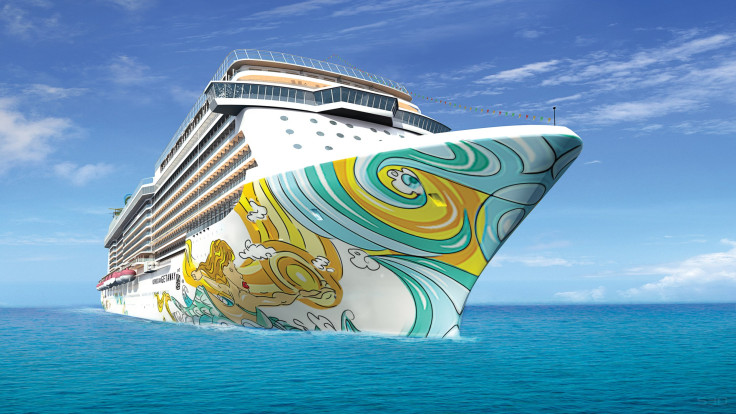Cruise Industry To Invest $8 Billion On 24 New Ships Through 2015

Despite several high-profile setbacks over the previous two years, the cruise industry continues to sail toward a brighter future with 2014 looking to be yet another record year for both the number of ships at sea and number of passengers on them.
Cruise Lines International Association, or CLIA, the world’s largest cruise industry trade group, said its 63 member lines were looking forward to a positive year of growth in 2014 with passenger numbers rising year-on-year from 21.3 million to 21.7 million.
“The global cruise industry is at an exciting juncture, with strong consumer interest in cruising and significant cruise-line investment in a diversity of exciting ships,” CLIA President and CEO Christine Duffy said in a statement.
CLIA noted that its global fleet is now comprised of 410 ships, up from 393 ships a year ago. Between 2014 and 2015, CLIA lines will introduce yet another 24 ships to meet the growing demand. These new additions represent a total capital investment of approximately $8 billion and will add capacity for another 37,546 passengers.
Royal Caribbean’s 4,180-passenger Quantum of the Seas is the largest of the 16 new ships expected to launch this year, followed by Norwegian Cruise Line’s 3,969-passenger Norwegian Getaway, Costa Cruises’ 3,700-passenger Costa Diadema, Princess Cruises’ 3,560-passenger Regal Princess and TUI’s 2,500-passenger Mein Schiff 3. Most other vessels leaving the dockyard in 2014 are smaller ships catering to the booming market for European river cruising.
READ: New Cruise Ships Debuting In 2014: A Roundup Of What To Expect
As global cruise companies add newer and bigger ships to their fleets, port operators, port authorities, local governments and port-related service providers have all had to make their own adjustments to keep pace. “Ports are making major commitments to the success of the cruise industry with significant capital improvement in modernizing existing ports and building new ones that are technologically and environmentally advanced, while also being very cruise and passenger-friendly,” Duffy explained.
A new CLIA Global Ports Committee comprised of itinerary planning and port development executives “will help to more fully integrate port development and operations within the larger picture of the cruise industry” in 2014.
Most of the world’s busiest ports remain in the Caribbean, which featured on more than a third of all global itineraries last year. The Mediterranean (19 percent of the market) and Northern Europe (12 percent of the market) were not far behind, though Australia with 22 percent growth and Asia with 32 percent growth are gaining ground.
Fifty-five percent of all cruise passengers last year were from North America, but CLIA said international source markets had demonstrated accelerated demand for cruising. With a staggering 185 percent growth over the past five years, Scandinavia has seen the largest increase in interest, followed by Australia (130 percent), Brazil (85 percent) and Germany (80 percent).
Regardless of where they came from, most cruisers booked their trip through a travel agent. “Travel agents are the primary distribution channel for cruise sales and remain critically important to the cruise lines,” Duffy explained, adding that they make “a majority” of all cruise bookings, despite playing an increasingly smaller role for many other sectors of the travel industry.
Travel agents surveyed by CLIA identified several cruise industry trends for 2014, including multigenerational travel, Millennial travel, active vacations at sea and river cruising. Trending cruise destinations for the New Year include U.S. and African rivers, South America, Antarctica, the Middle East, Canada and New England.
Last year was CLIA’s first full year as a global association and voice of the worldwide cruise industry. It said its primary objective moving forward into 2014 was to support a “one industry, one voice” approach to policy development, advocacy, communication, issues management and industry promotion.
© Copyright IBTimes 2024. All rights reserved.





















